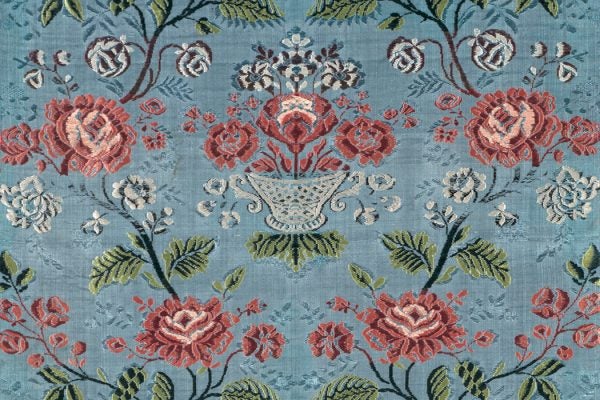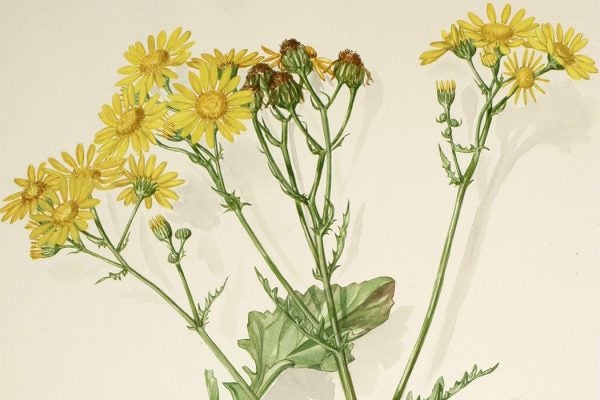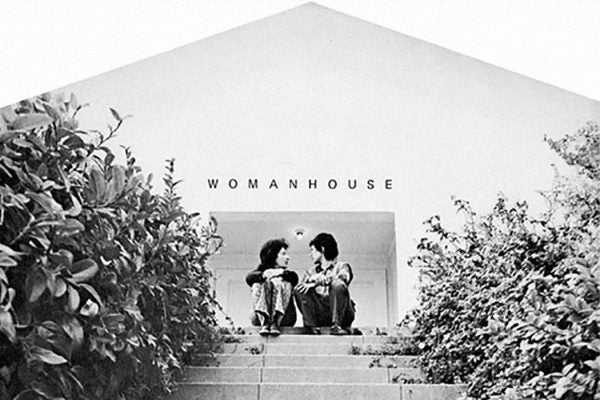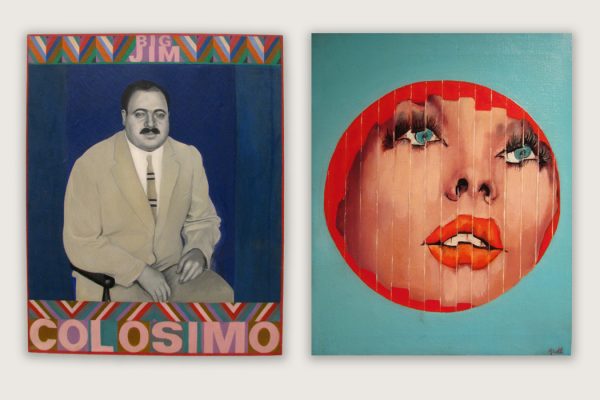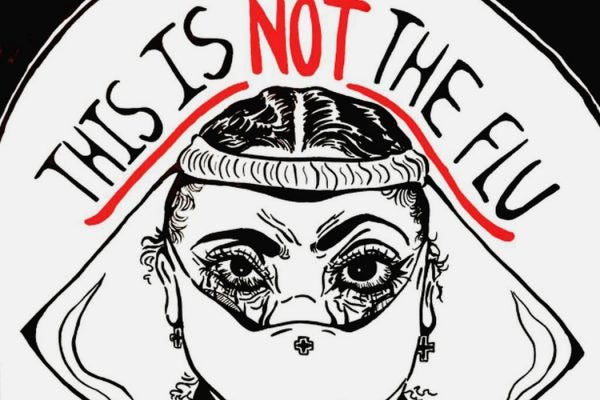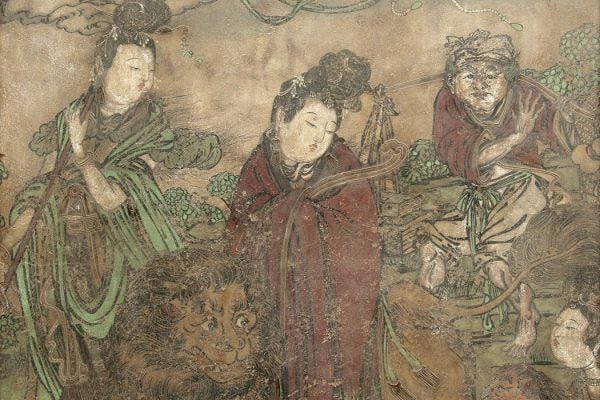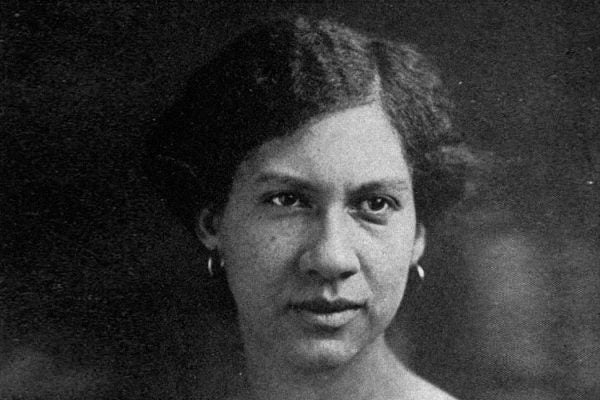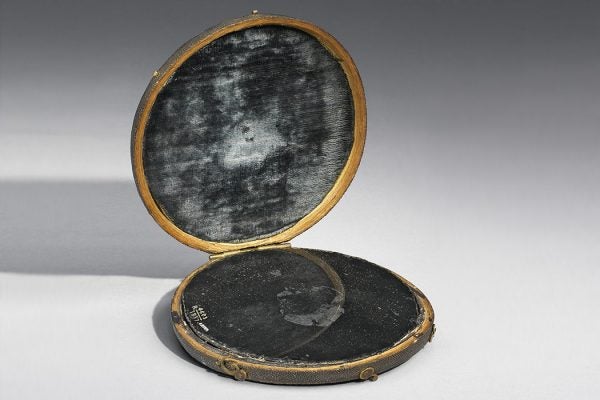Album Cover Artwork Was Super Boring before Alex Steinweiss
Inspired by the Bauhaus and WPA posters, the midcentury designer all but invented the modern record-album cover.
The Benin Bronzes and the Cultural History of Museums
What an 1897 exhibition at the British Museum can tell us about how African artworks were perceived in an era of imperialism.
Eighteenth-Century Spies in the European Silk Industry
Curious about the advancing wonders of the age, savants traveled abroad to gather trade secrets for their homeland.
Victorian Botanical Paintings
Amateur botanist Margaret Rebecca Dickinson painted the wildflowers she collected in the English countryside.
The Origins of the Feminist Art Movement
Before the Guerrilla Girls, Women Artists in Revolution pressured institutions to include women artists, inspiring similar groups around the U.S.
The Women of Pop
In addition to bringing attention to overlooked artists, one scholar argues that art criticism has contributed to their obscurity.
Preserving the History of Coronavirus in Queens
Curator Annie Tummino on the Queens College COVID-19 Collection.
Hair Embroidery as Women’s Buddhist Practice
In late imperial China, it was a devotional art using hairs plucked from devotees' own heads.
How Sculptor Meta Warrick Challenged White Supremacy
A 1907 exhibition on the founding of Jamestown featured the work of an artist determined to counter demeaning stereotypes.
The Claude Glass Revolutionized the Way People Saw Landscapes
Imagine tourists flocking to a famous beauty spot, only to turn around and fix their eyes on its reflection in a tiny dark mirror.


